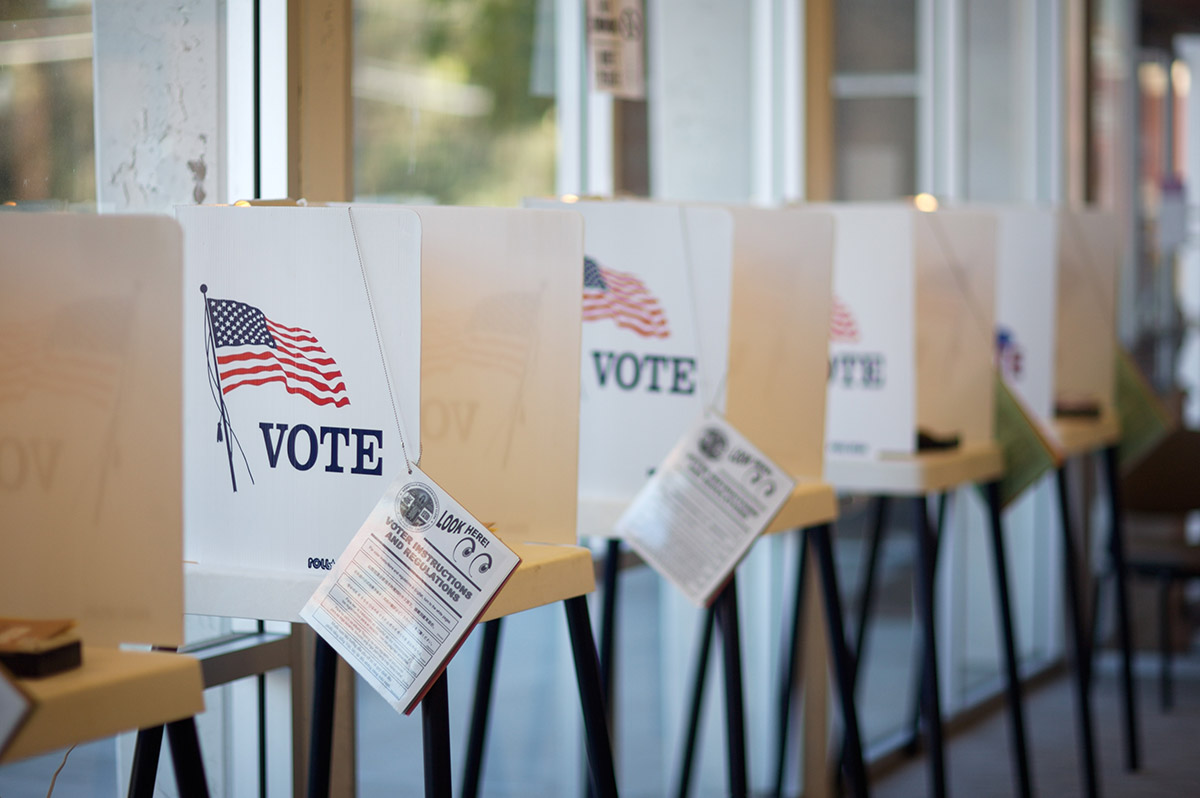https://www.naco.org/resources/featured/all-elections-are-local-county-role-elections-process
xxxxxxxxxxxxxxxxxxxxxxxxxxxxxxxxxxxxxxxxxxxxxxxxxxxxxxx
Lets title this blog...The Forest for the Trees..
Who isn't speaking to this issue...you won't hear about it, albeit rarely...usually only in rebuttal to some action conservatives are making, such as it is in Arizona. This clip illustrates the challenge Republicans face as they attempt to arrive at an honest conclusion to what is looking like a corrupted election occurred.
Is it time for a third party, non-partisan approach to voting and the counting there of?
Voter Registration
The 2002 Help America Vote Act (HAVA) requires states to develop computerized, statewide voter registration lists. States continue to modernize voter registration through initiatives like electronic registration and online registration. In addition to reducing the potential for voter fraud, the modernization of voter registration also makes voter registration more accessible to eligible citizens and reduces costs. The traditional paper-based process still exists and is still used by numerous states. In addition to electronic voter registration, ten states plus the District of Columbia have authorized automatic registration, automatically registering eligible citizens, unless the citizen declines, who interact with government agencies.
from
https://www.naco.org/resources/featured/all-elections-are-local-county-role-elections-process
How do counties secure voting machines?
Through HAVA, Congress sought to improve the election process by promoting the latest technology and moving away from traditional lever and punch-card machines.
Today, approximately three out of every five counties use optical-scan technology, which employs a scanner to read marked paper ballots and record the results. Two out of five use direct-recording electronic (DRE) equipment that allows voters to make their selections via touch screen or other digital interface and records the results on a memory device. Regardless of the type used, voting machines are never connected to the internet or to each other. The transport and storage of voting machines, as well as ballots and vote tabulations, are directed by state and local security protocols.
Voting machines are the voters’ primary focus on Election Day. While the type of machine each state or county uses may vary, every state has specific policies governing voting machine setup.

